homebrewkid
Well-Known Member
- Joined
- 3/8/08
- Messages
- 339
- Reaction score
- 71
any chance of a rough build cost or do you want to keep that private?
cheers: HBK
cheers: HBK

Nothing says "simplicity" like a square metre of random stainless bits'n'bobs.
I've not measured them but have noticed the same, in hindsight I should have purchased the female camlock - male-thread (rather than female camlock and hose barb) and attached the silicon hose around the male thread and got significantly less flow restriction.Hey Wolfy whats the internal diameter of the barbs on your female camlock fittings?
I have some and the diameter seemed to be quite small.
I've not measured them but have noticed the same, in hindsight I should have purchased the female camlock - male-thread (rather than female camlock and hose barb) and attached the silicon hose around the male thread and got significantly less flow restriction.
Don't know yet, that one is unopened, but I try to keep a collection of the Indian-pocket-meals in the cupboard, just add some microwaved-rice and at about $1.50 each they make a simple, quick and tasty dinner.Was the Chickpea Marsala nice?
I purchased the camlocks 6-8months ago before I realized would have been better to do it that way (spreading the new-brewery purchases over almost a year means SWMBO does not really notice the overall cost).Exactly what I've done with my camlocks. Female parts for hoses have male threads, with the silicone tube being pushed over the top of the threads and secured with a hose clamp.
........(spreading the new-brewery purchases over almost a year means SWMBO does not really notice the overall cost).
(spreading the new-brewery purchases over almost a year means SWMBO does not really notice the overall cost).
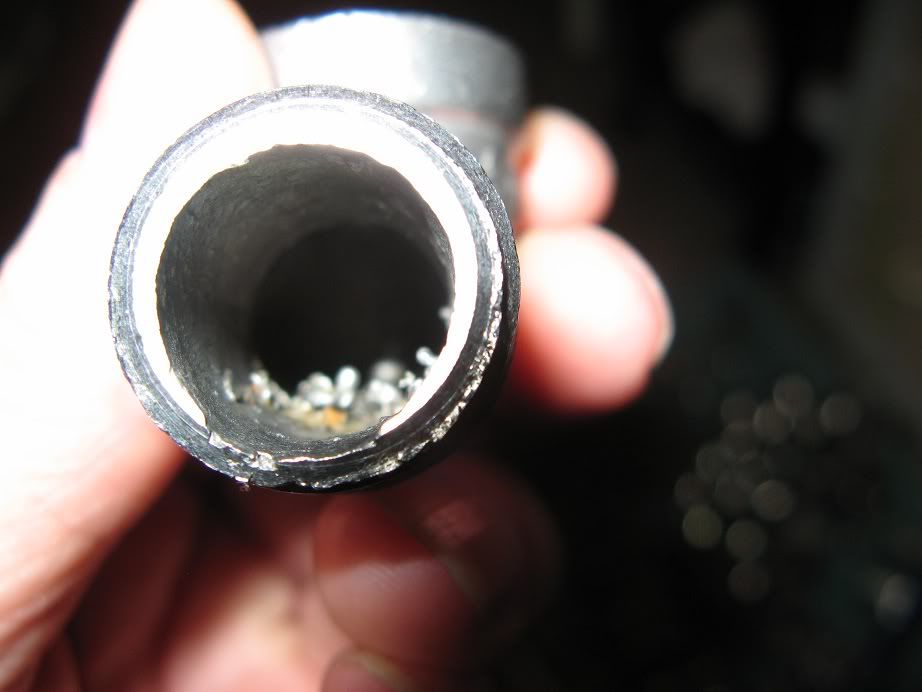
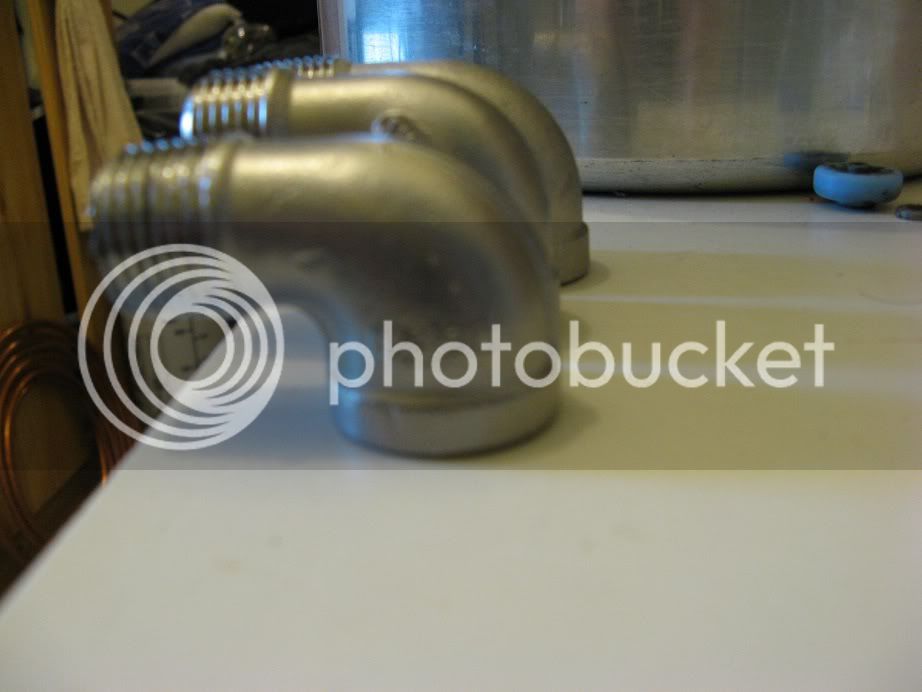
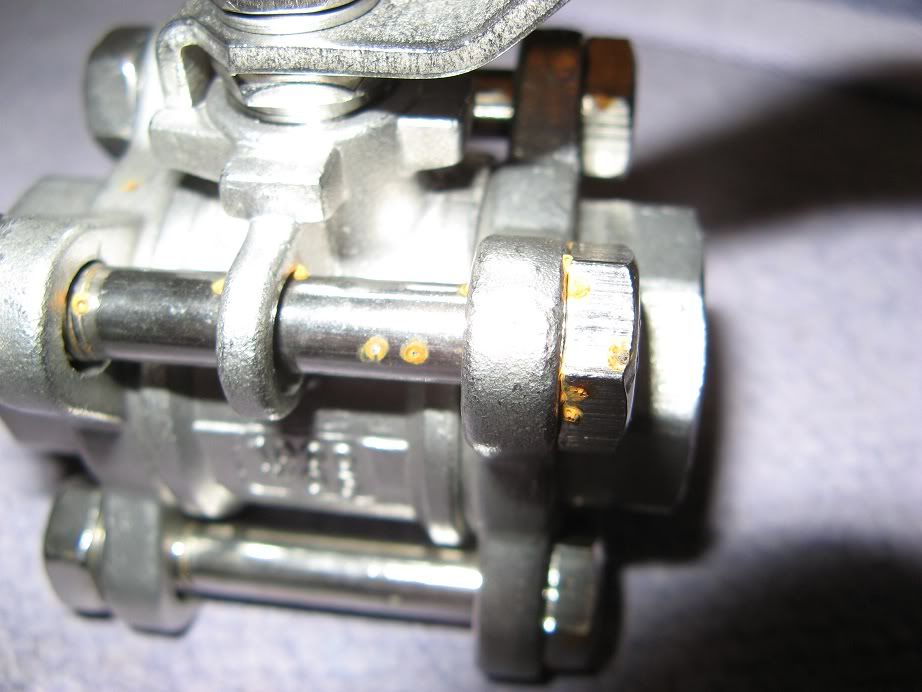
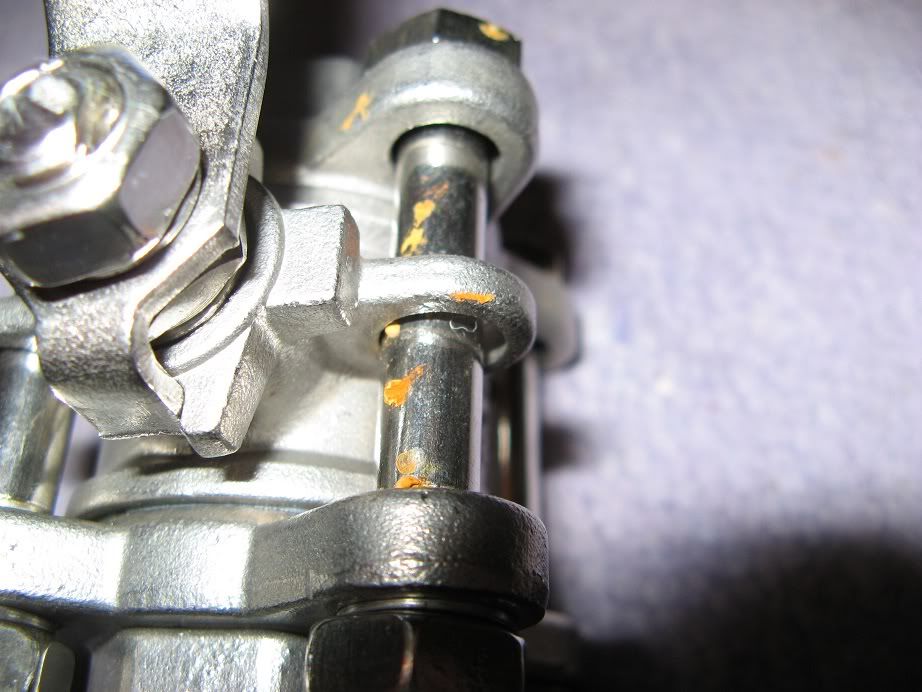
Exactly, however the refund for both has already been processed, so I can't complain about that.Buyer beware: cheap Chinese stainless. I'm really quite surprised to see spots of rust after their first clean.
Exactly what I've done with my camlocks. Female parts for hoses have male threads, with the silicone tube being pushed over the top of the threads and secured with a hose clamp.
I looked at the barbs for a little bit, but decided on the thread option due to the reduced flow rate through the barbs
Sponge
Other option is to use female threaded camlocks, coupled with a 1/2" hose tail which will give you a larger orifice than the barbed camlocks.
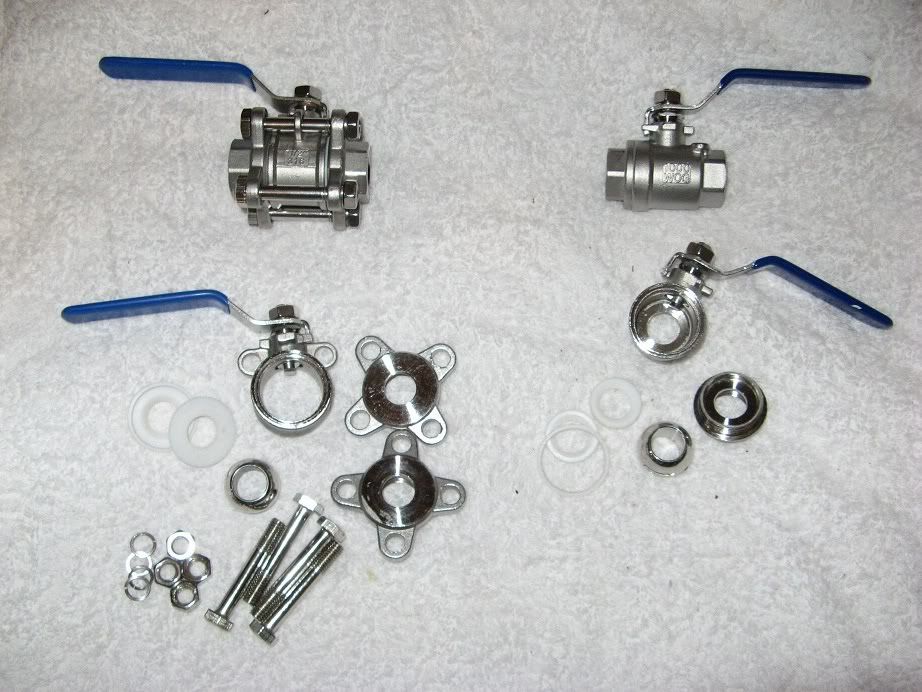
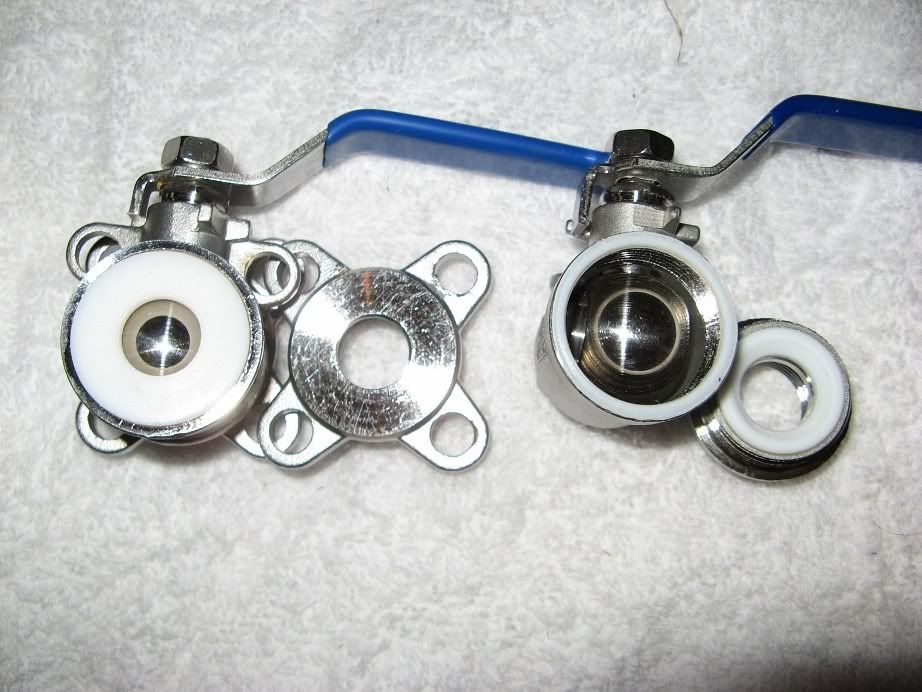
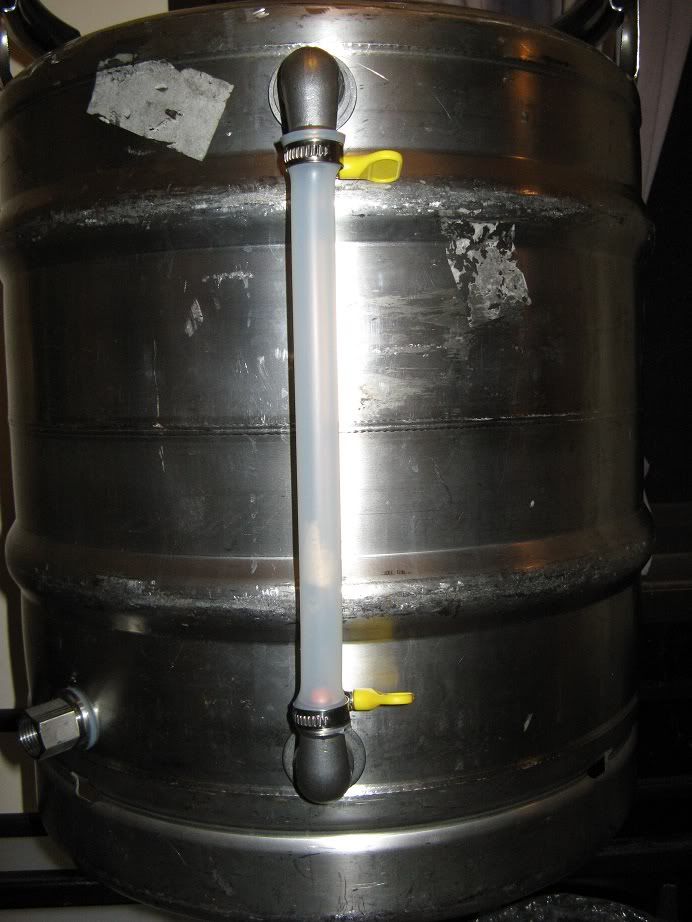
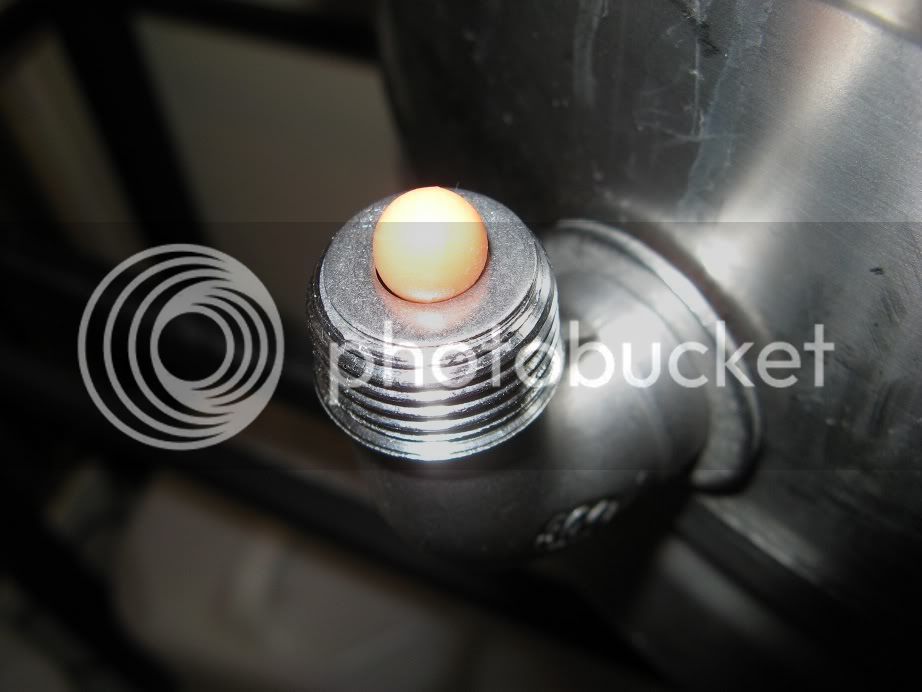
Please i do hope you used gloves with the eta-2na